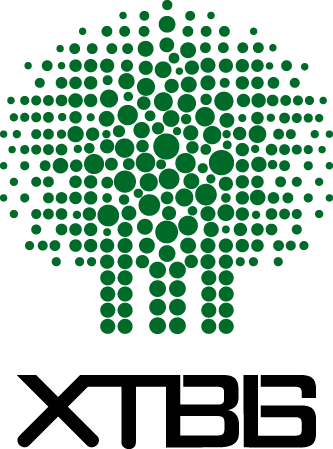Effect of intercrops complexity on water uptake patterns in rubber plantations: Evidence from stable isotopes (C-H-O) analysis
| 论文编号: | |||||||||
| 作者: | Zeng HH | ||||||||
| 刊物名称: | Agriculture, Ecosystems and Environment | ||||||||
| 所属学科: | |||||||||
| 论文题目英文: | Effect of intercrops complexity on water uptake patterns in rubber plantations: Evidence from stable isotopes (C-H-O) analysis | ||||||||
| 年: | Oct 2022 | ||||||||
| 卷: | 338 | ||||||||
| 期: | |||||||||
| 页: | 108086 | ||||||||
| 联系作者: | Liu WJ | ||||||||
| 收录类别: | |||||||||
| 影响因子: | 6.576 | ||||||||
| 参与作者: | |||||||||
| 备注: | |||||||||
| 摘要: |
Rubber monoculture plantations are expanding but may cause environmental problems, and rubber-based agroforestry can provide ways of more environmentally friendly rubber cultivation. The general objective of this study was to investigate plant soil water uptake in different rubber agroforestry systems with water stable isotopes (δ2H and δ18O), and water use efficiency with leaf δ13C. We studied rubber trees in a monocultural plantation, and in three agroforestry systems which were mixed with (a) orange trees, (b) tea trees, and (c) both orange and tea trees, respectively. The results indicated that soil water content was enhanced in the agroforestry systems, especially for rubber-tea and rubber-orange-tea agroforesty systems. The soil water uptake of rubber trees varied seasonally, and exhibited significant different among the cultivation systems. Rubber trees in agroforestry systems seemingly absorb water from deeper soil horizons more than monocultural plantations. We also found that rubber trees adjusted their water source according to their growing stage: they increased their uptake of water from deeper soil horizons to meet water requirements during their leaf flushing stage. For the soil water uptake of intercrops, we found that they use a shallow soil horizon as their primary source of water uptake, with little seasonal variation in vertical water extraction patterns. Changes in leaf δ13C values indicate that rubber trees adjusted their water use efficiency seasonally, which helps to cope with seasonal drought and growth requirements. However, neither intercrops nor rubber trees’ δ13C values differ with sites, indicating that intercropping has little influence on intercrops and rubber trees’ water supply. In conclusion, rubber trees have a flexible water use strategy, as intercropping shaped the soil water uptake patterns of rubber trees without apparent consequences on water use efficiency. These findings provide valuable insights into agroforestry systems’ interspecific water use patterns that can help intercrop selection for rubber agroforestry systems in this region. | ||||||||
| 论文下载: | 下载地址 | ||||||||
| |||||||||












